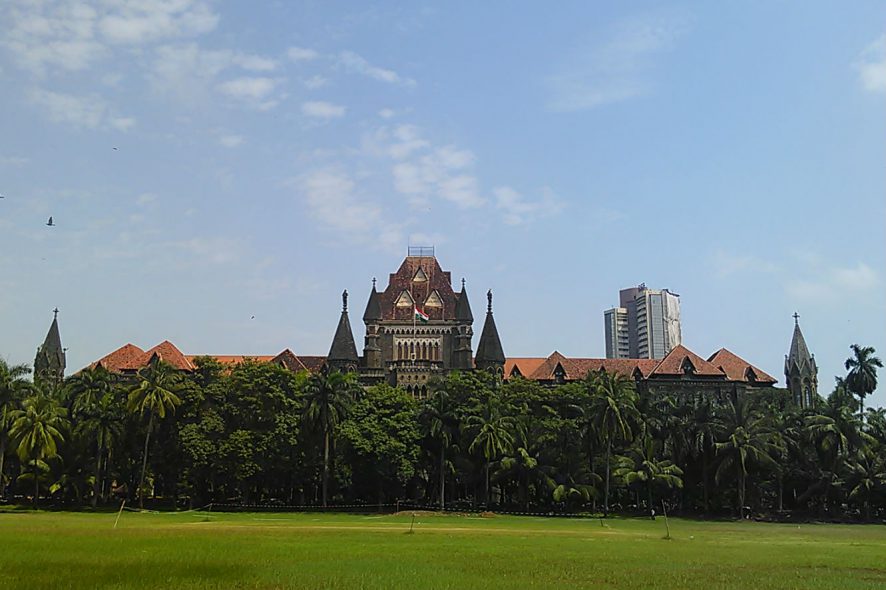Bombay High Court: A Division Bench of R.D. Dhanuka and Surendra P. Tavade, JJ., upheld the trial court’s decision based on circumstantial evidence of a woman murdering her newly born female child.
Appellant has filed the present appeal against the judgment passed by the Additional Sessions Judge by which she was convicted for the offence punishable under Section 302 of Penal Code, 1860. Appellant has been acquitted for Section 317 IPC — Exposure and abandonment of child under twelve years, by parent or person having care of it.
Facts of the Case
Informant while going to attend his duty saw a newly born female child lying beside the road, alive and lodged a complaint regarding this at the Uran police station.
PW11 in the meanwhile reached the spot and took the child to his house wherein his mother PW-6 bathed the child and later reported the matter to the police.
Later the police made enquiry with Hirabai who informed that she saw the appellant as pregnant, therefore police called the appellant.
Police took the child, appellant and Hirabai to the hospital wherein the child and appellant were allotted Cot No. 4. After a few hours, nurse found out that the child was movementless and on examining the child it was found that the child was dead.
In the postmortem report, it was found that the child died due to strangulation. Hence, crime no. 89 of 1993 was registered against the appellant.
Appellant was put under arrest and charge sheet was filed under Sections 317 and 302 IPC.
Trial Court on going through the evidence of record acquitted the appellant under Section 317 IPC but convicted her for the offence punishable under Section 302 IPC.
Circumstantial Evidence
When the case is based on circumstantial evidence, the motive plays a vital role. Generally, motive remains in the mind of the culprit, so it is difficult to prove it. The motive can be proved by circumstances of the case and the acts of the culprit.
In view of the circumstances of the present matter, it is clear that the custody of the child was with the appellant at the time of the death of the child.
The crucial circumstance against the appellant/accused is that she was having custody of the child in the hospital and ultimately child found dead on Cot No.4; so the effect of an acquittal of the appellant/accused under Section 317 of the Indian Penal Code would not come in the way of the prosecution to hold her guilty under Section 302 of the IPC.
It would have been a shame for the appellant/accused and the delivery of child would have affected her character since she was a widow for 8 years. Hence, the appellant/accused had a motive to done away with the life of the child
Homicidal Death
Prosecution has proved all the circumstances namely the abandonment of child, the good physical condition of the child prior to the death, the child was in possession of appellant/accused since the child was referred to the Rural Hospital, Uran. The prosecution has proved the homicidal death of the child.
Hence the Court concluded that chain of circumstances against the appellant was also proved beyond the shadow of reasonable doubt.
“There was nobody else except the appellant to commit murder of the said child.”
In view of the above circumstances, the appeal was dismissed. [Kamlabai Tukaram Gharat v. State of Maharashtra, 2020 SCC OnLine Bom 850, decided on 11-08-2020]







